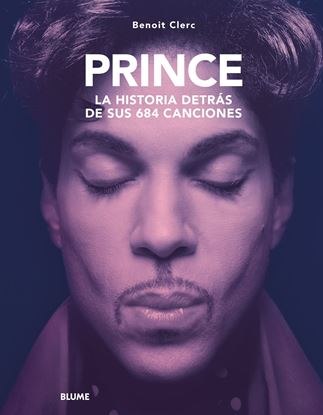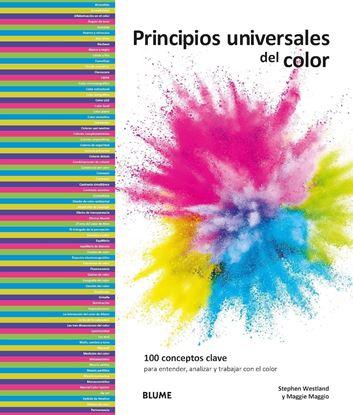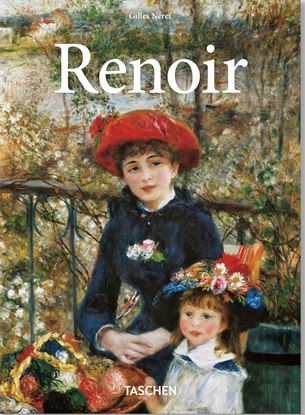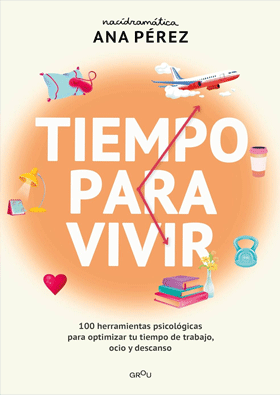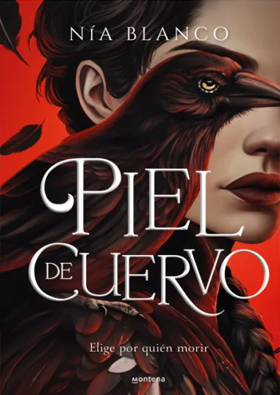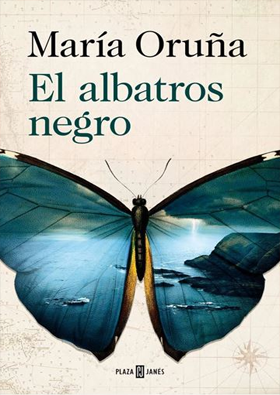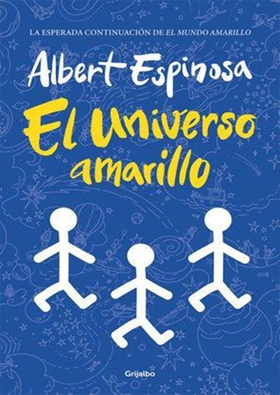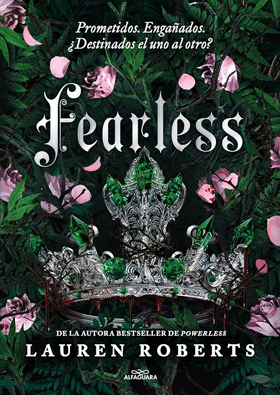

PLEASE, PLEASE TELL ME NOW
En Please, Please Tell Me Now, el reconocido biógrafo de rock Stephen Davis cuenta la historia de Duran Duran. Su apariencia de niños buenos les convirtió en estrellas, pero fue su brillante maestría musical lo que los llevó a una serie de éxitos número uno. A finales de la década habían vendido 60 millones de álbumes; a día de hoy, más de 100 millones.
Davis remonta sus raíces al austero malestar británico de la década de los 70. Guapos, británicos y jóvenes, Duran Duran fueron quienes encabezaron el concierto Live Aid y la banda se movía en los círculos más glamurosos: Nick Rhodes (teclista) se hizo cercano a Andy Warhol y a la princesa Diana y John Taylor (bajista) salió con la chica mala por excelencia, Amanda De Cadanet. Con éxitos atemporales como «Hungry Like the Wolf», «Girls on film», «Save A Prayer» o el tema más vendido de James Bond, «A View To a Kill».
Con entrevistas exclusivas con la banda y fotos nunca antes publicadas de sus archivos personales, este libro ofrece el relato definitivo de una de las bandas más importantes en la historia de la música.
1,350
POR QUE MAHLER?
Más de un siglo después de su muerte, Gustav Mahler es el compositor más importante de los tiempos modernos. ¿Por qué Mahler? ¿Por qué su música nos afecta tanto? ¿Por qué un músico judío «tres veces apátrida» expresa tan cabalmente las añoranzas y ansiedades de nuestra sociedad postindustrial?
Después de situar la relevancia actual de Mahler, Norman Lebrecht presenta un apasionante relato de su vida y su tiempo y, por último, ofrece al lector una guía segura que le orienta entre las numerosas interpretaciones de Mahler. Ameno y cargado de erudición, biografía y narración de un viaje al mismo tiempo, el presente libro es una exploración del papel que la música de Mahler desempeña como banda sonora de nuestro mundo.
1,500
PRINCE. LA HISTORIA DETRAS DE SUS 684 C.
Después de dos álbumes teñidos de funk y disco, Prince Rogers Nelson se convirtió en el maestro del Minneapolis Sound en 1980 con su tercer álbum, el sulfuroso y acertadamente llamado Dirty Mind.
Desde sus primeros discos para Warner Bros. Records, el hombre que pronto sería apodado el Kid de Minneapolis dedicó su vida a una abundante y variada producción musical.
Prince atravesó la década de 1980 con una irreverencia y audacia que lo caracterizarían. Después de encadenar varios éxitos (Little Red Corvette, Purple Rain, Kiss, Sign O' The Times o Batdance) y más de 100 millones de discos vendidos, Prince supo reinventarse con cada uno de sus discos, burlando las predicciones de quienes lo creían muerto, resurgiendo constantemente de las cenizas, y siempre sorprendiendo a través de nuevas direcciones artísticas.
De Madonna a Miles Davis, de Michael Jackson a Kate Bush, todos los grandes nombres de la música popular quisieron grabar con él. Tras la inesperada muerte del cantautor en 2016, The Prince Estate ha trabajado para exhumar de The Vault, su bóveda acorazada de Paisley Park (su casa-estudio), álbumes preciosos hasta ahora inéditos. Miles de canciones aún reposan allí; cada lanzamiento es un evento global.
3,995
PRINCIPIOS UNIVERSALES DEL COLOR
* Descubra 100 conceptos clave y pautas interdisciplinarias imprescindibles para utilizar el color con éxito. * Profusamente ilustrado y de fácil consulta, vincula explicaciones claras de cada tema y ejemplos visuales aplicados a la teoría y la práctica. * Ya sea en una campaña de branding, un centro sanitario, el embalaje de un producto o la interfaz de una aplicación informática, el color que vemos es la materialización de un gran número de conceptos y prácticas que se unen desde múltiples disciplinas para aumentar el atractivo, influir en la percepción y mejorar la comodidad de uso. Incluye conceptos y ejemplos, con los que podrá aprender a tomar decisiones de color más cimentadas y eficaces. Un punto de referencia fundamental para diseñadores, artistas, arquitectos y estudiantes que deseen ampliar y mejorar su conocimiento y experiencia del color.
2,250
RENOIR. (40TH ED.) (E)
Eternamente cautivadoras, las pinturas de Pierre-Auguste Renoir (1841-1919) son la encarnación de la felicidad, el amor y la belleza. Basada en el libro de gran formato —la retrospectiva más completa de su obra publicada hasta la fecha—, esta edición compacta examina en detalle la historia personal del pintor y las motivaciones detrás de la leyenda. Aunque comenzó su carrera pintando paisajes en estilo impresionista, Renoir encontró su verdadera vocación en los retratos, tras lo cual abandonó por completo el impresionismo. Pese a haber sido malinterpretado con frecuencia, Renoir sigue siendo uno de los pintores más queridos de la historia, sin duda por la calidez, la ternura y la alegría de vivir que emanan sus cuadros.
En este texto magistral que detalla toda la trayectoria del artista y traza su evolución estilística, Gilles Néret muestra cómo Renoir reinventó las formas de la mujer en la pintura a través de sus diosas cotidianas de generosas curvas. La última fase en la obra de Renoir, en la que regresó al simple placer de pintar el desnudo femenino a través de su serie de bañistas, fue la más innovadora y de mayor influencia estilística, e inspiraría luego a maestros como Matisse y Picasso.
2,300



